0511231563
Table of contents :
Contents……Page 3
Nomenclature……Page 13
Subscripts and Superscripts……Page 16
Nomenclature to Figures……Page 18
1.2. Concentration Space……Page 19
1.3. Phase Equilibrium of Binary Mixtures……Page 21
1.4. Phase Diagrams of Three-Component Mixtures……Page 23
1.5. Residue Curve Bundles of Four-Component Mixtures……Page 26
1.6. Matrix Description of the Multicomponent Mixture Residue Curve Structure……Page 28
1.7. Lines, Surfaces, and Hypersurfaces Ki = Kj……Page 30
1.8. Liquid-Liquid-Vapor Phase Diagrams……Page 33
1.9. Conclusion……Page 35
References……Page 36
2.1. Purpose and Process Essence of Distillation……Page 38
2.1.1. Description of Distillation Process……Page 39
2.1.2. System of Algebraic Equations of Distillation……Page 40
2.2.1. McCabe-Thiele Diagram……Page 41
2.2.2. Influences of Nonideality……Page 42
2.3. Geometric Interpretation of Multicomponent Mixture Distillation: Splits……Page 43
2.4. Trajectory Bundles Under Infinite Reflux: Distillation Diagrams……Page 44
2.5. Trajectory Bundles Under Finite Reflux……Page 45
2.6.1. Binary Distillation……Page 47
2.6.2. Distillation of Three-Component Mixtures……Page 49
2.7. Adiabatic, Nonadiabatic, and Reversible Distillation……Page 50
2.8. Separation of Azeotropic Mixtures by Distillation Under Two Pressures or Heteroazeotropic and Extractive Distillation……Page 53
2.9. Is Process Opposite to Distillation Process Possible?……Page 54
2.10. Mixtures with Limited and Unlimited Separability……Page 55
2.12. Questions……Page 56
References……Page 57
3.1. Introduction……Page 58
3.2. Analogy Between Residue Curves and Distillation Trajectories Under Infinite Reflux……Page 59
3.3.1. Dimensionality of Product Composition Regions for Finite and Infinite Columns……Page 61
3.3.2. Product Composition Regions for Ideal Three-Component Mixtures……Page 62
3.3.3. Product Composition Regions for Ideal Four-Component Mixtures……Page 63
3.3.4. Feasible Splits for Ideal Mixtures……Page 65
3.3.5. Product Composition Regions for Azeotropic Three-Component Mixtures……Page 66
3.4.1. Distillation Trajectories Location at R = ∞ and N = ∞……Page 70
3.4.2. Application of the Rule of Connectedness……Page 71
3.4.3. n-Component Mixture……Page 73
3.5. Feasible Splits at R = ∞ and N = ∞……Page 75
3.5.1. Method of Product Simplex for Distillation Subregions (m = n)……Page 77
3.5.2. Method of Product Simplex for Distillation Subregions (m > n)……Page 79
3.5.3. Algorithm of Product Simplex for n-Component Mixtures……Page 81
3.6 Separation of Azeotropic Mixtures in Sequence of Columns with Recycles at R = ∞ and N = ∞……Page 89
3.7. Nonsingularity of Separation Products Compositions at R = ∞ and N = ∞……Page 90
3.8. Conclusion……Page 91
3.10. Exercises with Software……Page 92
References……Page 93
4.1. Introduction……Page 95
4.2.1. Essence of Reversible Distillation Process……Page 96
4.2.2. Location of Reversible Distillation Trajectories……Page 97
4.2.3. Sharp and Nonsharp Reversible Distillation of Ideal Mixtures……Page 98
4.2.4. Column Sequence of Ideal Mixtures Reversible Distillation……Page 99
4.2.5. Main Peculiarities of Reversible Distillation Column……Page 100
4.3.1. Bundles and Regions of Sharp Reversible Distillation……Page 101
4.3.2. Condition in Tear-Off Points of the Reversible Distillation Trajectories……Page 104
4.3.3. Possible Product Composition Regions……Page 105
4.3.4. Necessary Condition of Sharp Reversible Distillation……Page 106
4.3.5. Liquid and Vapor Flow Rates Changing along the Reversible Distillation Trajectories……Page 107
4.4.1. Calculation of Reversible Distillation Trajectories……Page 110
4.5. Trajectories Bundles of Reversible Distillation for Multicomponent Mixtures……Page 111
4.6.1. Condition in Tear-Off Points of the Extractive Reversible Distillation Trajectories……Page 115
4.6.2. Azeotropic Mixtures……Page 117
4.7. Trajectory Bundles of Extractive Reversible Distillation for Multicomponent Mixtures……Page 118
4.8.1. Three-Component Azeotropic Mixtures……Page 120
4.10. Questions……Page 123
References……Page 124
5.1. Introduction……Page 126
5.2. Calculation of Distillation at Minimum Reflux for Ideal Mixtures……Page 129
5.2.1. Underwood System of Equations……Page 130
5.2.2. Evolution of Separation Product Compositions of One-Section Columns at Set Feed Composition……Page 132
5.2.3. Evolution of Separation Product Compositions of Two-Section Columns at Set Feed Composition……Page 135
5.3.1. Conditions of Distillation Trajectory Tear-Off at Sharp Splits……Page 138
5.3.2. Trajectory Tear-Off Regions and Sharp Distillation Regions……Page 141
5.3.3. Necessary Condition of Mixture Separability for the Set Split……Page 142
5.4.1. The Product Is a Pure Component (k = 1)……Page 144
5.4.2. The Product Is a Binary Mixture (k = 2)……Page 147
5.4.3. The Product Is a Three-Component Mixture (k = 3)……Page 154
5.4.4. The Product Is Azeotrope……Page 158
5.5.1. Four-Component Mixture……Page 159
5.5.2. Mixtures with Any Number of Components……Page 165
5.6.1. Two Models of Feed Tray……Page 168
5.6.2. Conditions of Section Trajectories Joining……Page 169
5.6.3. Direct and Indirect Splits (One of the Products Is Pure Component or Azeotrope)……Page 170
5.6.4. Intermediate Splits……Page 172
5.6.5. Splits with Distributed Component……Page 176
5.6.6. Equations of Thermal Balance……Page 179
5.7.1. Adiabatic Columns……Page 180
5.7.2. Nonadiabatic Columns……Page 181
5.8. Conclusion……Page 182
5.9. Questions……Page 183
References……Page 184
6.1. Introduction……Page 188
6.2. Columns with Intermediate Inputs and Outputs of Heat: “Pinch Method”……Page 190
6.3. Distillation Trajectories and Minimum Reflux Mode in Two-Feed Columns with Nonsharp Separation in Intermediate Sections……Page 192
6.3.1. Location of Reversible Distillation Trajectories of Intermediate Sections……Page 193
6.3.2. The Structure of Trajectory Bundles of Intermediate Sections……Page 195
6.3.3. Control Feed at Minimum Reflux Mode……Page 196
6.3.4. General Algorithm of Calculation of Minimum Reflux Mode……Page 197
6.4.1. Sharp Extractive Distillation of Three-Component Mixtures……Page 199
6.4.2. Sharp Extractive Distillation of Four- and Multicomponent Mixtures……Page 204
6.5.1. Conditions of Separability in Extractive Distillation Columns……Page 205
6.5.2. Three-Component Mixtures……Page 206
6.5.3. The Four- and Multicomponent Mixtures……Page 208
6.6. Determination of Minimum Flow Rate of Entrainer……Page 211
6.7.1. Kinds of Distillation Complexes with Thermal Coupling Flows……Page 213
6.7.2. Petlyuk Columns……Page 215
6.8.1. The Columns with Side Withdrawals of Flows……Page 218
6.8.2. The Columns with Side Strippings……Page 220
6.8.3. The Petlyuk Columns……Page 222
6.9. Distillation Trajectories in Complexes of Heteroazeotropic and Heteroextractive Distillation……Page 224
6.9.1. Heteroazeotropic Distillation……Page 225
6.9.2. Heteroextractive Distillation……Page 228
6.10. Conclusion……Page 230
References……Page 231
7.1. Introduction……Page 236
7.2.1. Location of Section Trajectories……Page 238
7.2.2. Possible Compositions in Feed Cross Section……Page 241
7.3.1. Direct and Indirect Splits of Mixtures with Any Number of Components……Page 244
7.3.2. Intermediate Splits of Mixtures with Any Number of Components……Page 245
7.3.3. Splits with a Distributed Component……Page 257
7.3.4. Splits with Several Distributed Components: Preferred Split……Page 260
7.4. Design Calculation of Extractive Distillation Columns……Page 261
7.4.1. Three-Component Azeotropic Mixtures……Page 263
7.4.2. The Multicomponent Mixtures: The Top Product and the Entrainer Are Pure Components (mr = 1, me = 2)……Page 264
7.4.4. The Multicomponent Mixtures: The Top Product Is Pure Component, the Entrainer Is a Mixture (mr = 1, me > 2)……Page 265
7.5.1. Design Calculation of “Petlyuk Columns”……Page 267
7.5.2. Design Calculation of Columns with Side Sections……Page 270
7.6. Determination of Necessary Tray Numbers at Heteroazeotropic and Heteroextractive Distillation and Heteroextractive Distillation……Page 273
7.7. Conclusion……Page 275
7.9. Exercises with Software……Page 277
References……Page 278
8.1. Introduction……Page 281
8.2.2. Estimation of the Expenditures on Separation……Page 283
8.2.3. Preferability Regions for Ternary Mixtures……Page 285
8.2.4. Systematic Identification of Alternative Sequences……Page 287
8.2.5. Examples of Synthesis of Separation Flowsheets……Page 289
8.3.1. Thermodynamic Losses and Their Decrease……Page 294
8.3.3. The Heat Pump……Page 297
8.4. Multicomponent Azeotropic Mixtures: Presynthesis……Page 299
8.4.1. Possible Product Segments at the Edges of Concentration Simplex……Page 300
8.4.2. Possible Product Regions at the Boundary Elements of Concentration Simplex……Page 301
8.4.3. Possible Sharp Splits in Columns with One Feed……Page 304
8.4.4. Possible Sharp Splits in Columns with Two Feeds……Page 305
8.4.6.1. Example 1: Simple Columns……Page 306
8.4.6.2. Example 1: Extractive Distillation……Page 308
8.4.6.3. Example 2: Simple Columns……Page 310
8.4.6.4. Example 2: Extractive distillation……Page 317
8.5. Multicomponent Azeotropic Mixtures: Automatic Sequencing and Selection……Page 318
8.5.1. Selection of Splits……Page 319
8.5.2.1. Example 1……Page 321
8.5.2.2. Example 2……Page 323
8.6.1. Application of Semisharp Extractive Distillation……Page 325
8.6.2. Application of Pressure Change……Page 326
8.6.3. Choice of Entrainers……Page 327
8.7.2. Methods of Petroleum Separability Increase……Page 330
8.7.3. The Best Distillation Complex for Petroleum Refining……Page 331
8.7.4. Main Succession of Petroleum Refining……Page 332
8.7.5. Modernization of Units for Petroleum Refining……Page 335
8.8. Conclusion……Page 336
8.9. Questions……Page 337
References……Page 338
Short Glossary……Page 342
Index……Page 345
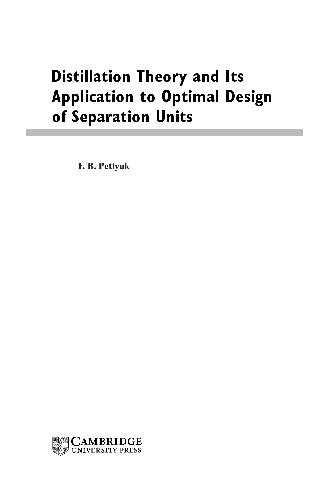
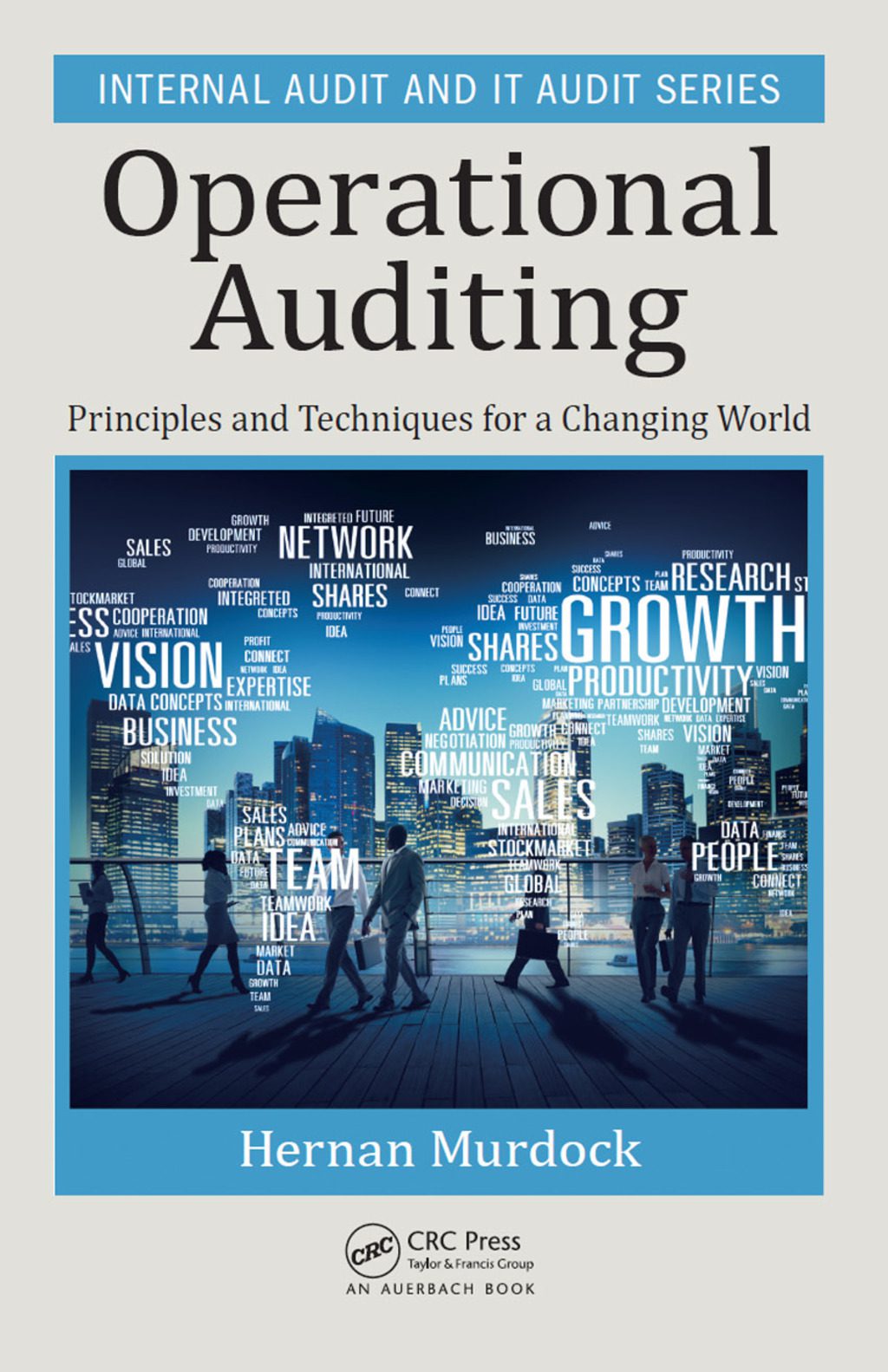

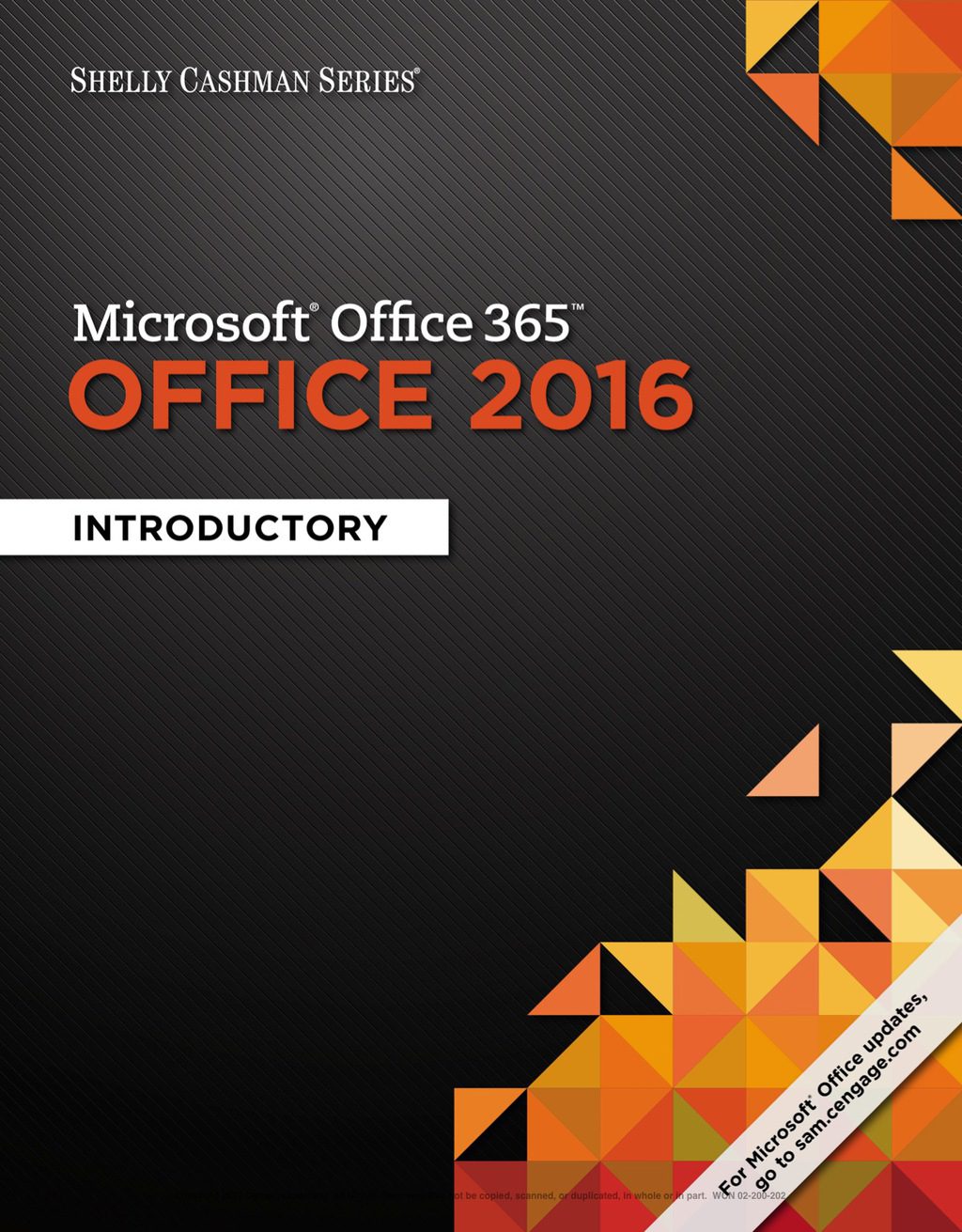
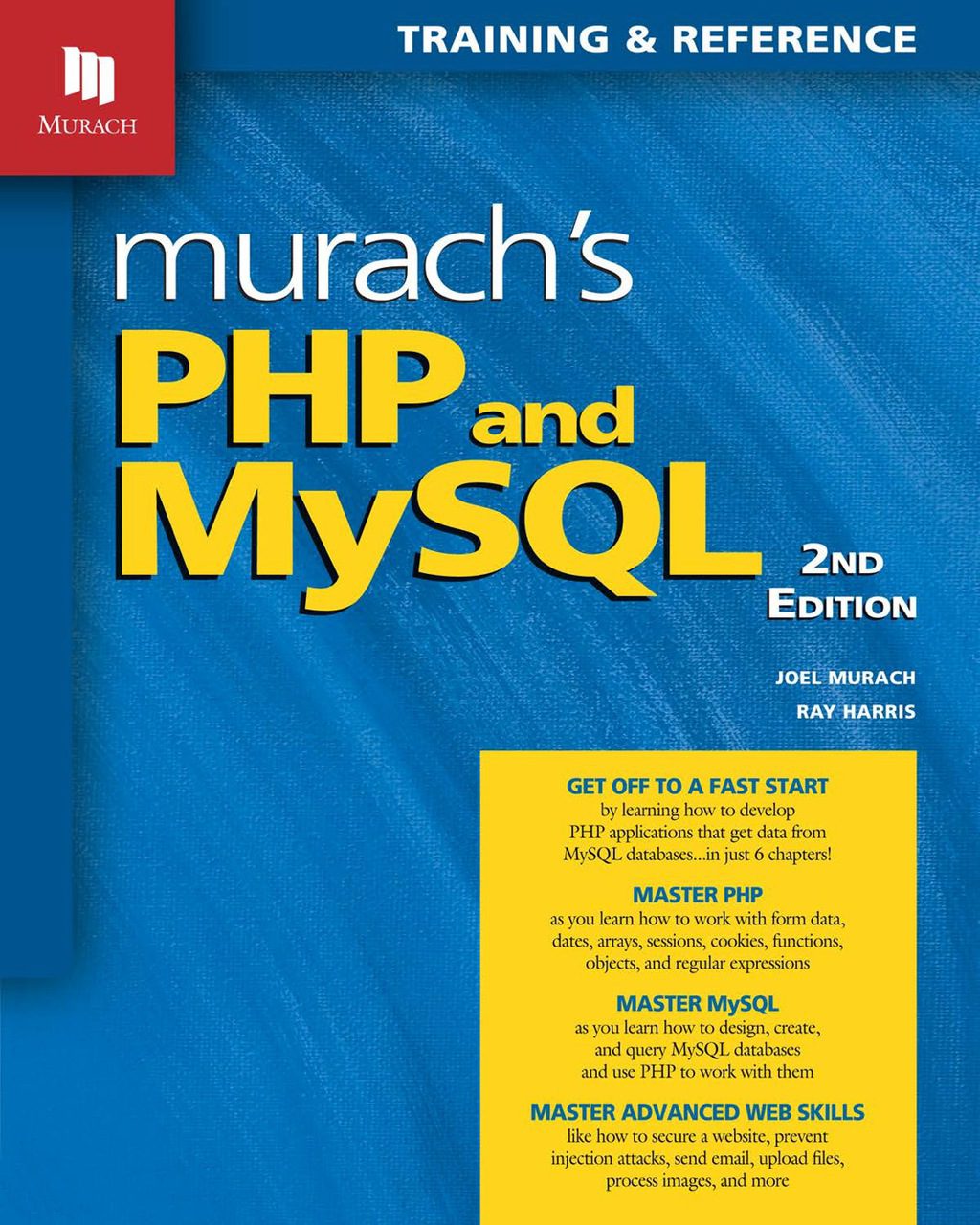
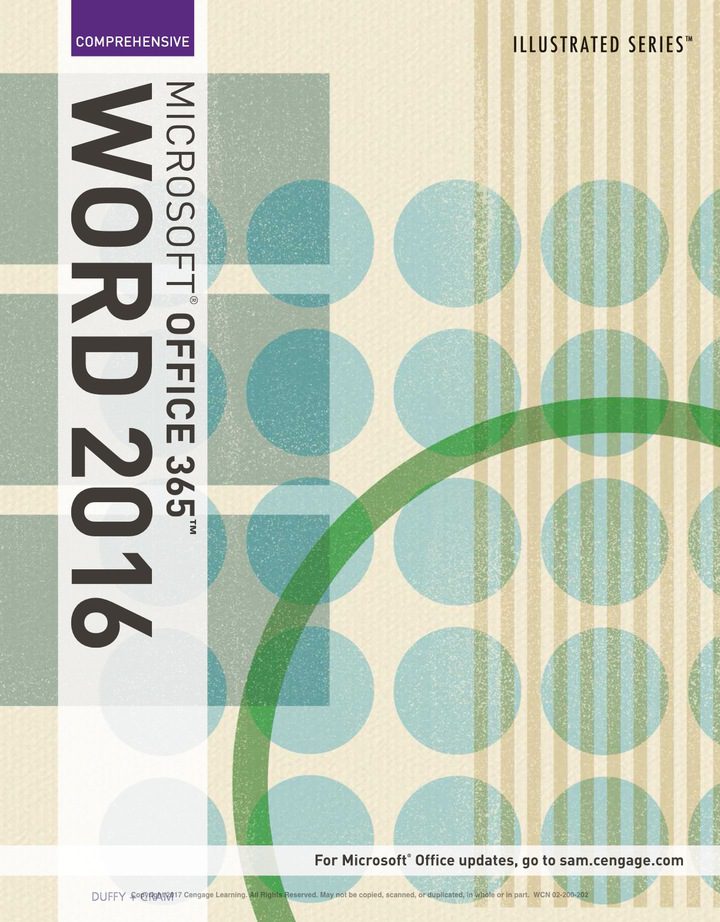

Reviews
There are no reviews yet.